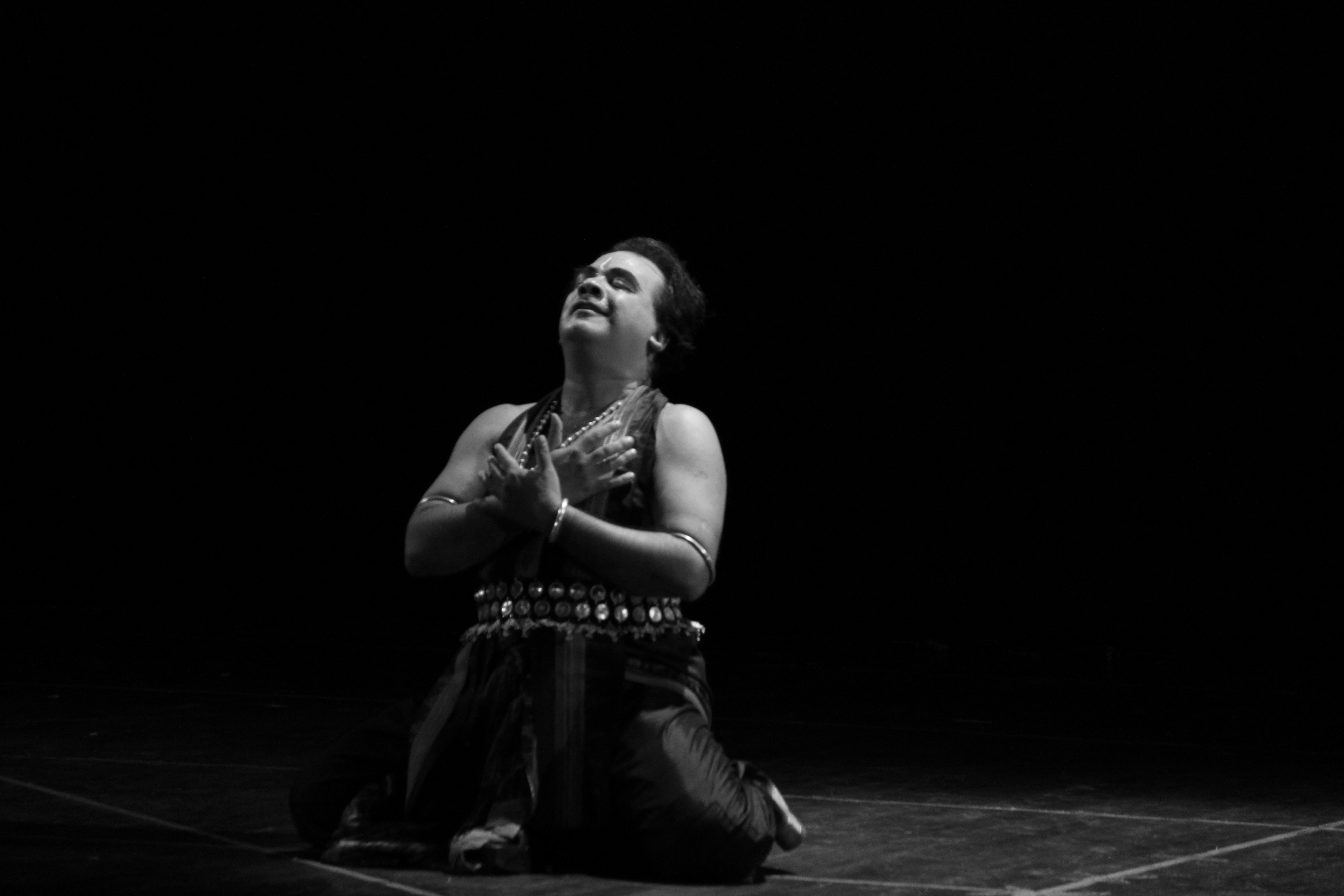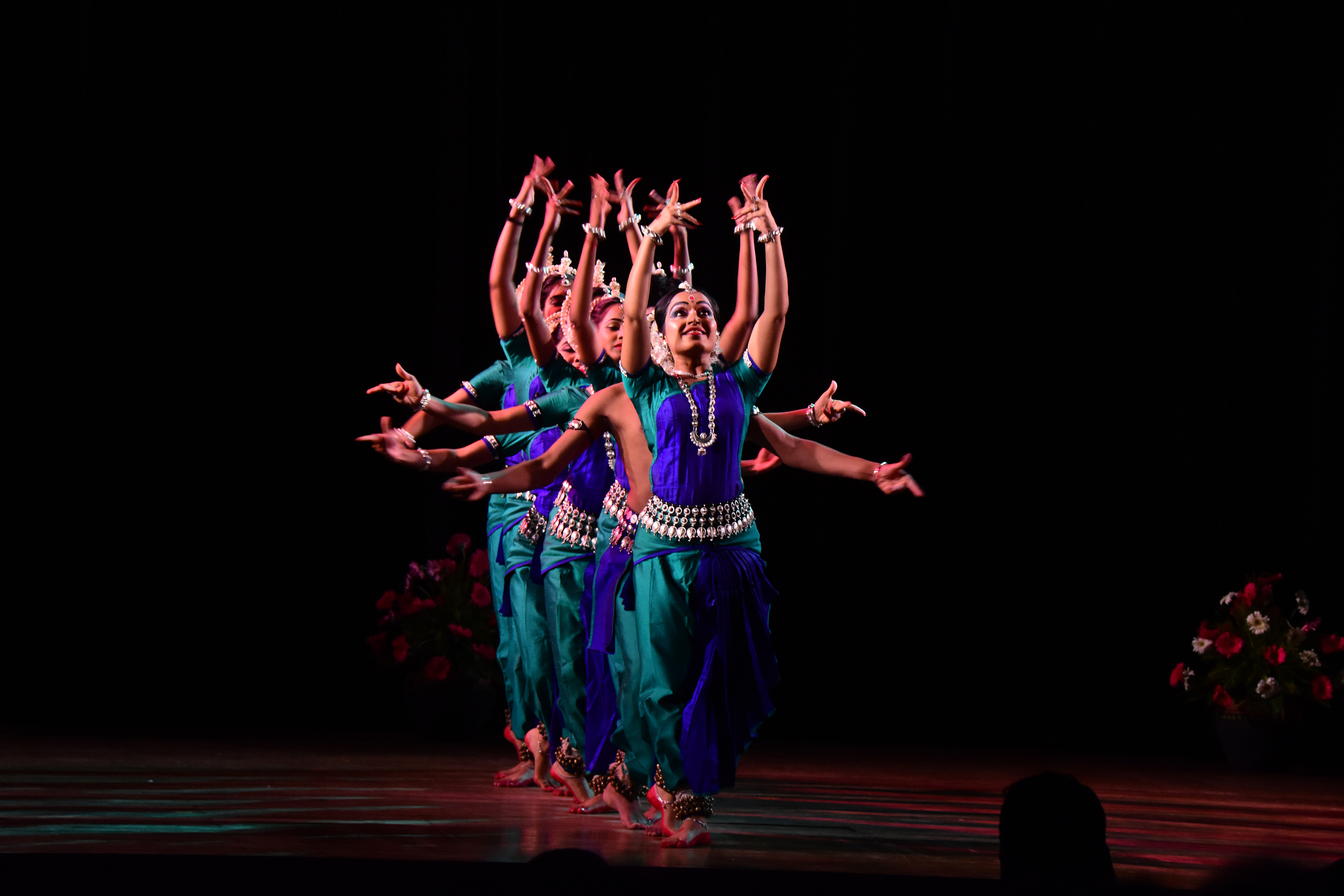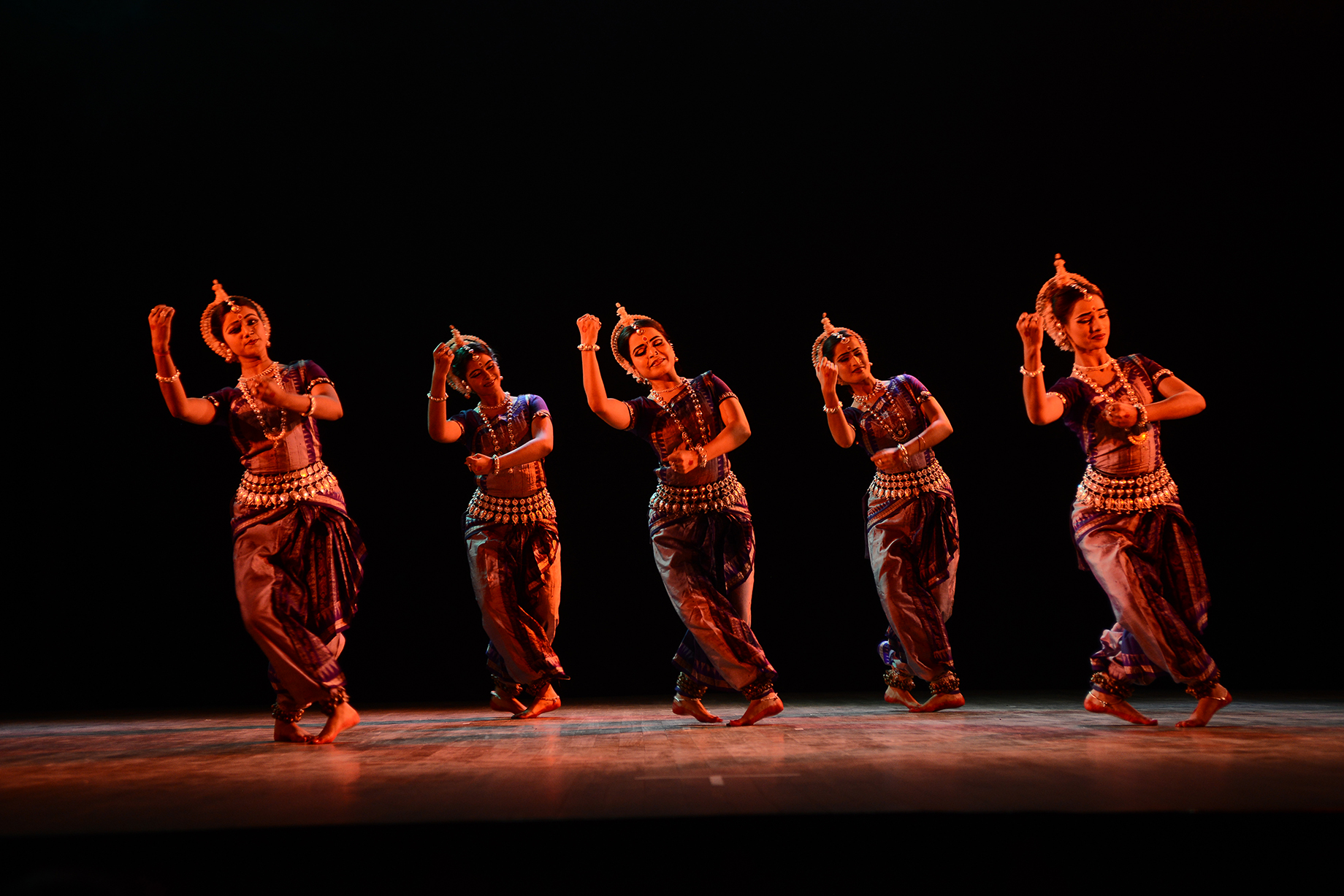Dancer, percussionist, choreographer and archivist
Odissi exponent guru Ratikant Mohapatra, who recently performed Anugamanam in Singapore on February 23 and 24 at Victoria Theatre, is a well-known name in the classical world.
The son of acclaimed Guru Padma Vibhushan Kelucharan Mohapatra, Ratikant was trained by his father and cultivated his own natural talents and inclination towards dance and music.
Guru Ratikant, who took the journey of Anugamanam to Malaysia, Kuala Lumpur and Johor Bahru, caught up with Connected to India (CtoI) and shared his insights.
CtoI: When did you start learning Odissi?
Ratikant Mohapatra: I was four years old when I started but I never thought that it will become my profession. But the family entrusted me to pursue it.
CtoI: Your guru Kelucharan Mohapatra was also your father. What was it like working with and learning from him?
Ratikant Mohapatra: To be a son and to be a disciple is I think is a lifetime achievement. To get such a great man as your guru and the same man is your father. What we achieve today we do together, not me alone, if you ask his disciples. Beyond dance as a father he has given us so much to understand life. He was a complete master, he provided everything – dance, education and teaching of life. It’s like you are experiencing God in front of you.
CtoI: Do you feel that you have evolved your own style distinct from your Guruji?
Ratikant Mohapatra: I sincerely try to add to the legacy of Kelucharan school and style. I’m not creating any style of my own. I am adding to the legacy, but the style remains the same.
CtoI: Which is your most memorable performance with your guru?
Ratikant Mohapatra: When I started my career, I was 12 years old, I had an opportunity to perform with my father in a play called story of Konark where he was playing my father’s role and I was playing the son’s role. Then in 1985, we both performed in London for India festival on an Odiya song. These two performances are great memories.
CtoI: Why did you pick Singapore as the venue for your show?
Ratikant Mohapatra: It’s not the venue, it’s the Temple of Fine Arts (TFA) because of the team. The mentor of the Temple of Fine Arts, Swamiji and my father had shared a great bond back in 1996 and since then the journey started. And I also have some experiences with Swamiji and that bond which created between Swamiji and my father. My personal experience with Swamiji brought me to TFA. Coming to TFA is a great joy. The teachers here in Singapore are very good. Not just Odissi in TFA, Bharatanatyam or Kathak’s teachers is the standing of this institution. It’s difficult to share in words but I chose this is because of their love, passion, understanding and respect for gurus. Also, the understanding of art. Whenever I come to Singapore and Kuala Lumpur, it’s a great satisfaction and joy of working. I come here and they also go to India to learn.
It’s a great tribute to both gurus – Kelucharan Mohapatra ji and Swamiji. TFA has taken all initiative in organizing Anugamanam which means to follow the path which your mentor has left behind.
CtoI: How do you feel being a son of a great legend and a leading male Odissi dancer in India? Does the audience ever compare you with your father?
Ratikant Mohapatra: India has this tradition; whenever the son comes out to perform or to act, an Indian audience always tries a comparison. I’m one of the victims in that process, but what I would say if you are truly worthy yourself, you can have recognition as an individual which will compliment who your mentors are.
CtoI: What’s your idea of the contemporary dance form? Do you think that the audience prefers contemporary to traditional dance?
Ratikant Mohapatra: The understanding of the audience at the 21st century has gone much beyond older times. If you talk about Odissi, there are more than 150 small and big countries practising this dance form. So, it doesn’t matter if people are craving for Bollywood or contemporary, but classical dance and music has its own space. People are educated now and they understand and don’t compare Bollywood and classical dance. I am a classical dancer but whenever there is a good contemporary dance, I go and see. As an artist, I would say Bollywood is not bad. All dance forms have their discipline and grammar. It is only our thinking which changes the scenario of the dance form. Otherwise, they have their own space.
Classical dance is like a big banyan tree whom nothing will happen. People in the 21st century know how to appreciate classical dance.
CtoI: Arts is said to mould a person’s mind and personality. How has dance helped you?
Ratikant Mohapatra: For me, working with my father 24×7 for 40 years of my life, has given a different vision to my mind to understand life and to understand myself. So, as I said earlier, he was not just a guru, he was a mentor who helped his disciples to understand life has different roles to play.
Since I have chosen dance, it has given me a different understanding of life. If we achieve a position, it is dance. It is the dance which is given us a great identity of ourselves. Also, it gives others the ability to recognize talents.
CtoI: How have the technique and styles of Odissi evolved over the years?
Ratikant Mohapatra: I am 1965-born and from 1970 onwards I have seen Odissi. In the 70s Odissi was different and it further evolved every decade. The classical status was given to Odissi in 1957-58 and it has evolved over the years including Odissi went global. More than 150 countries practise Odissi. So, evolution has achieved a very big role.






